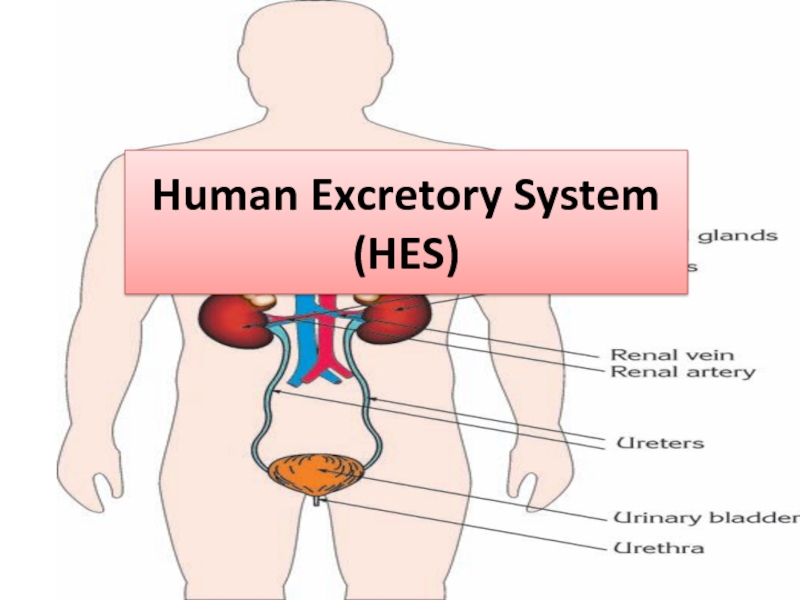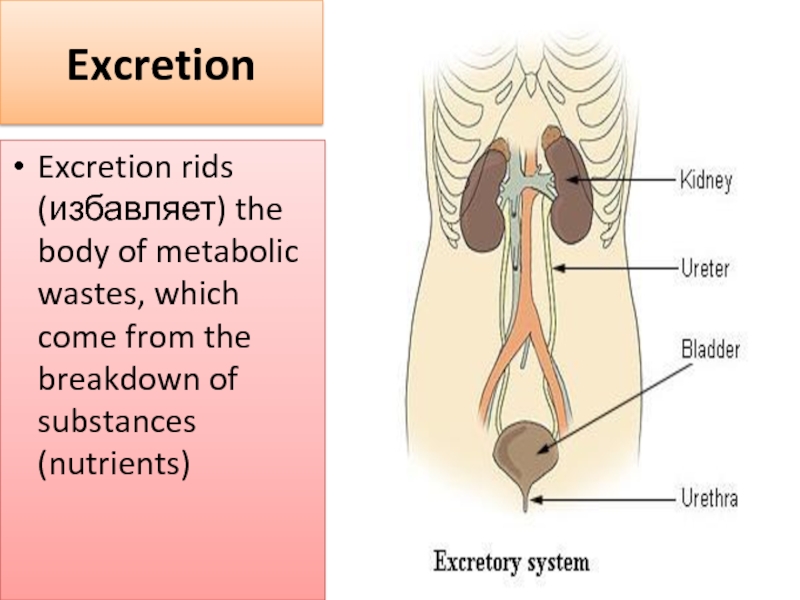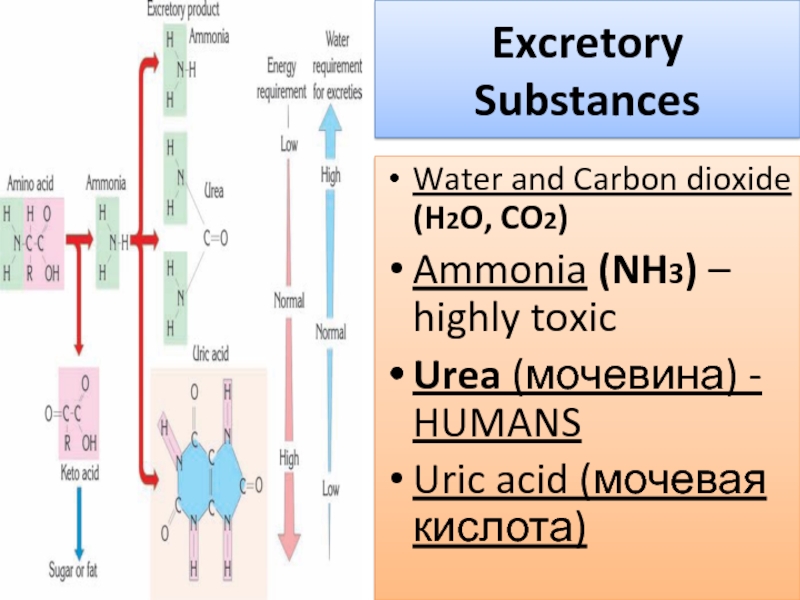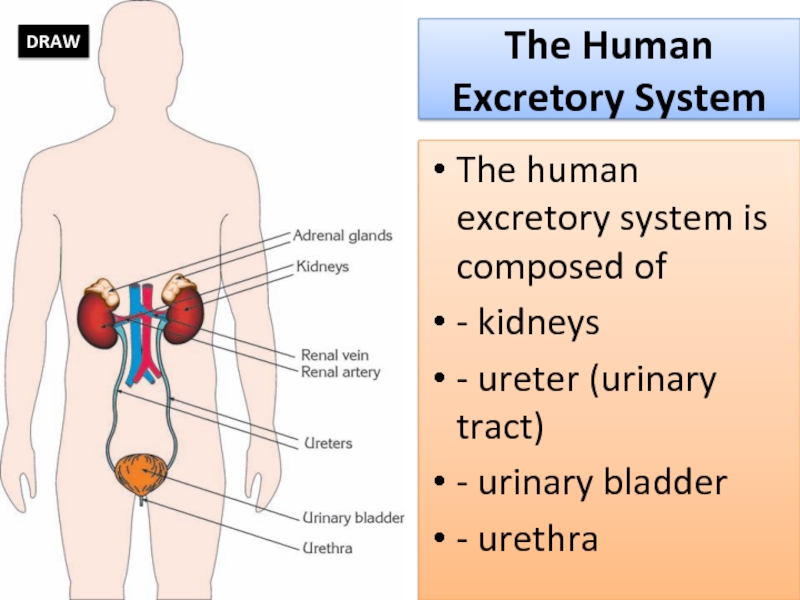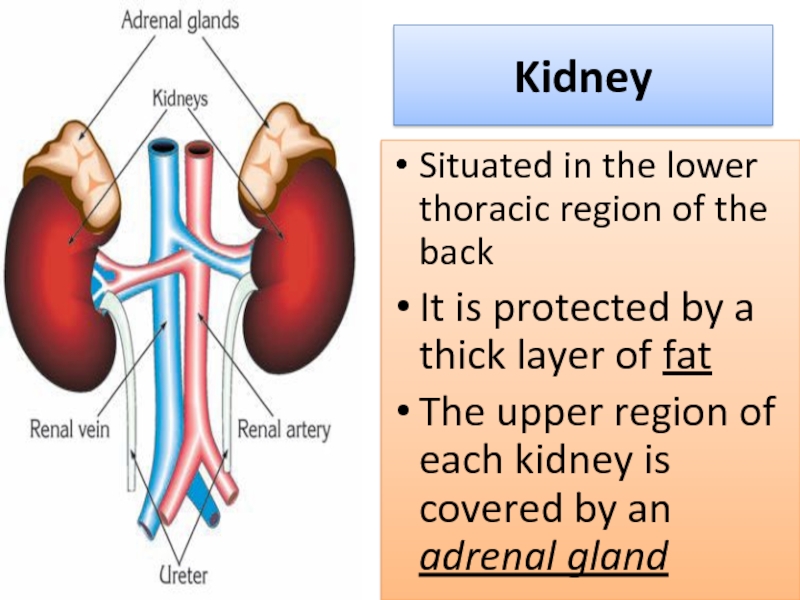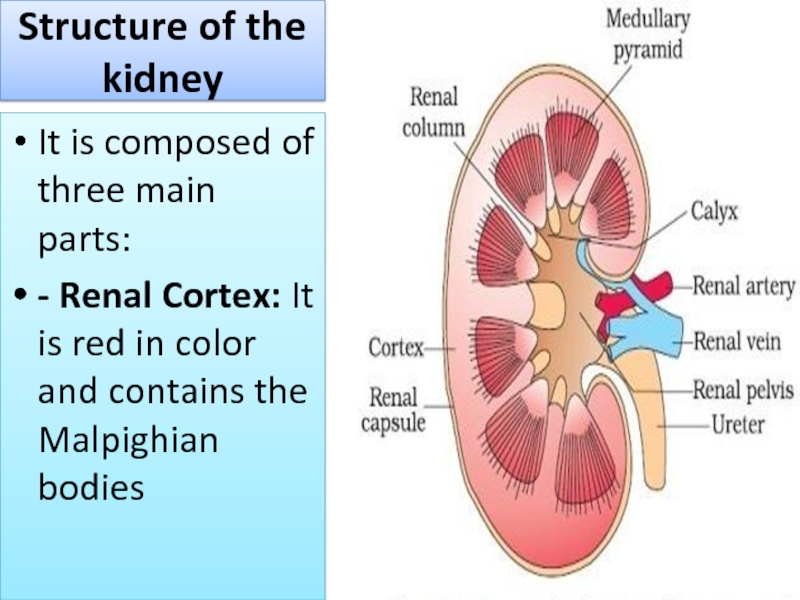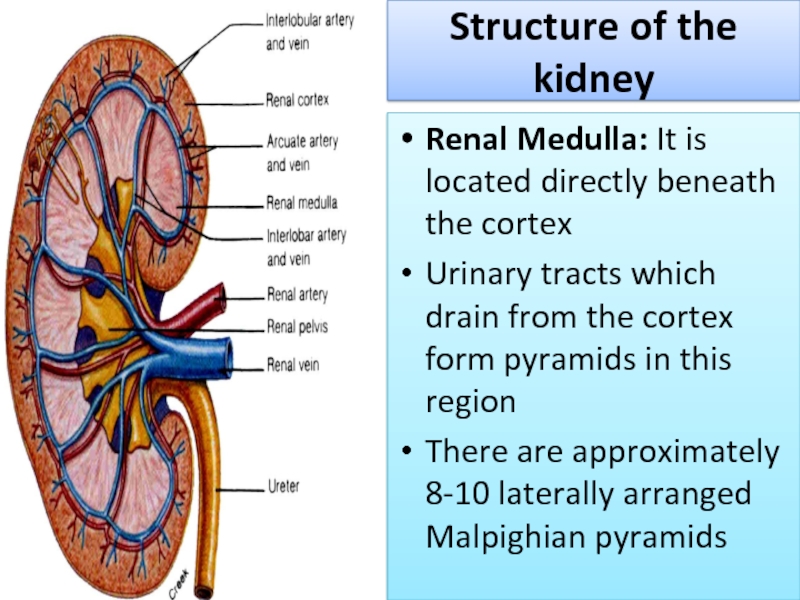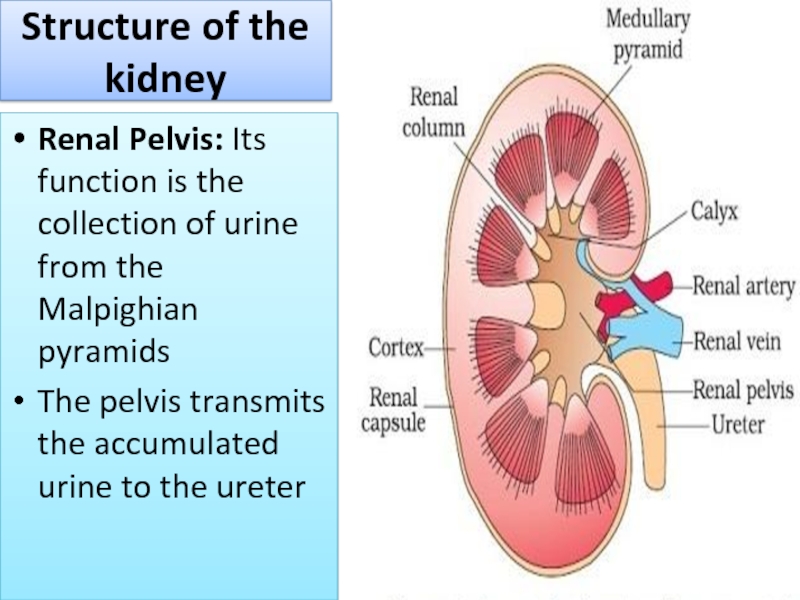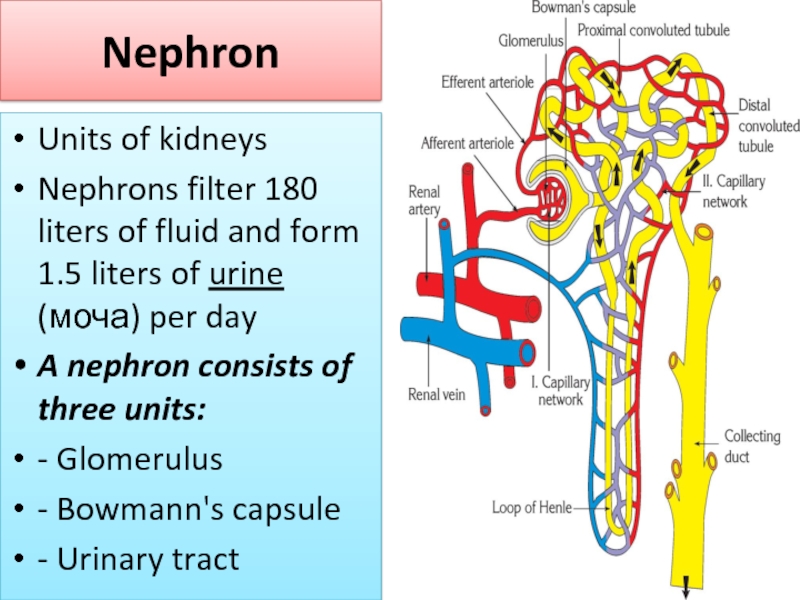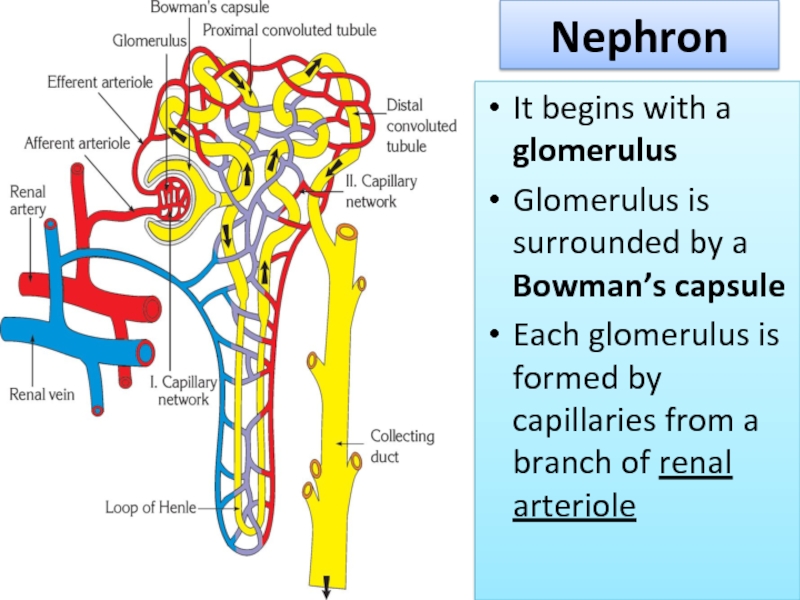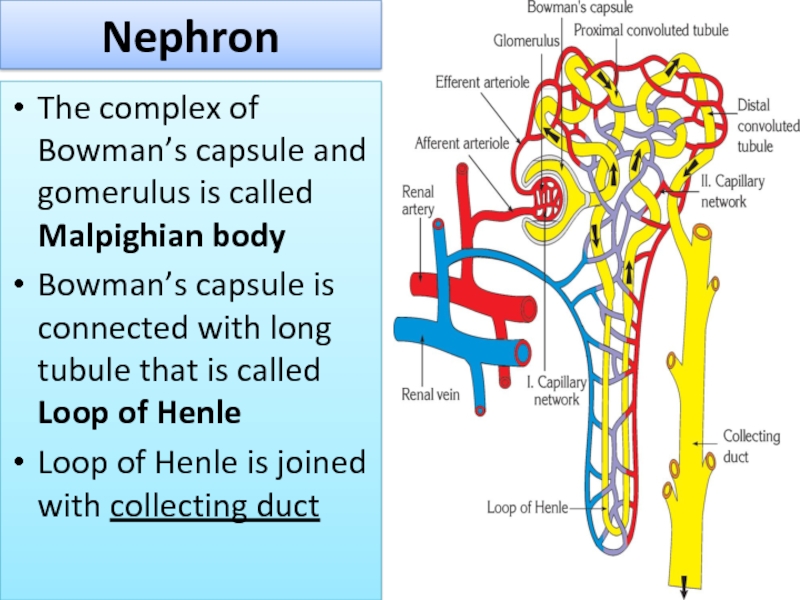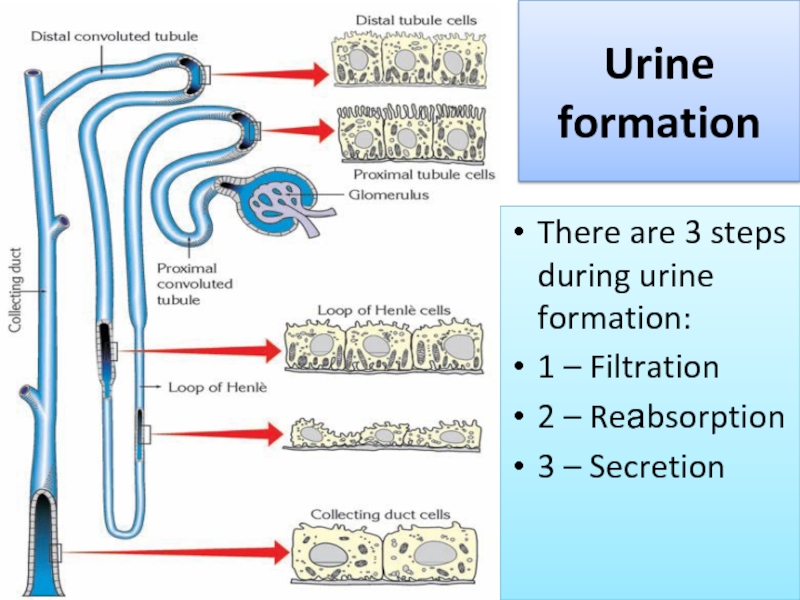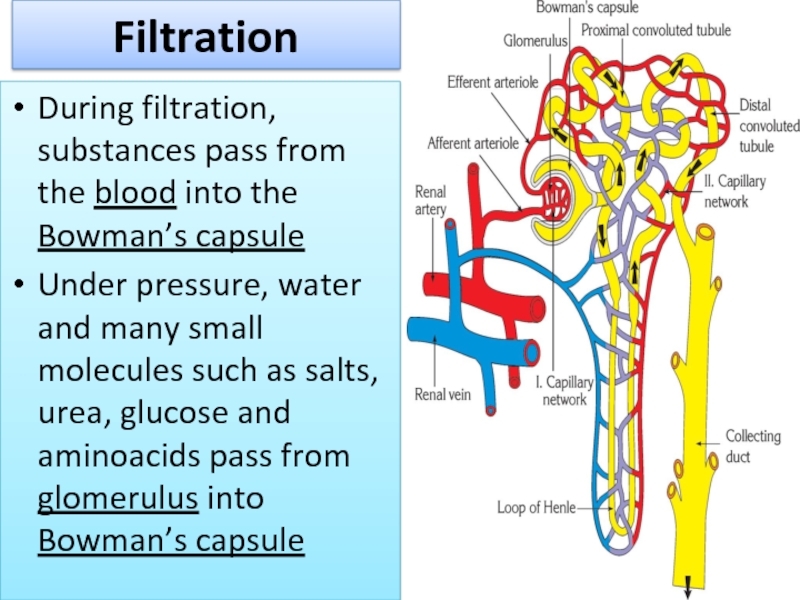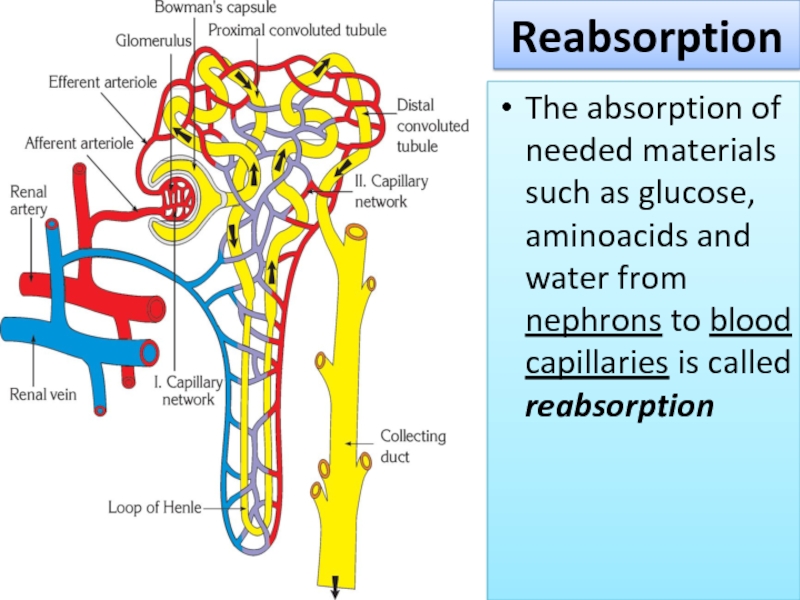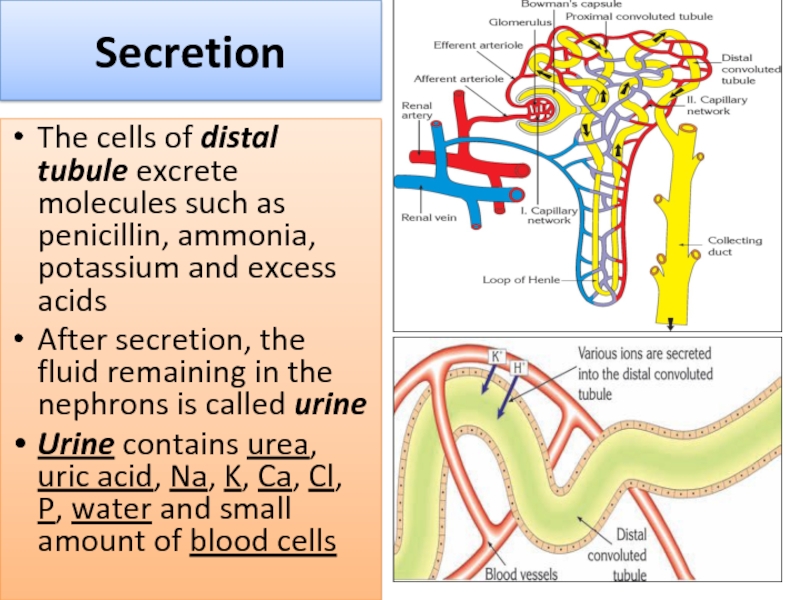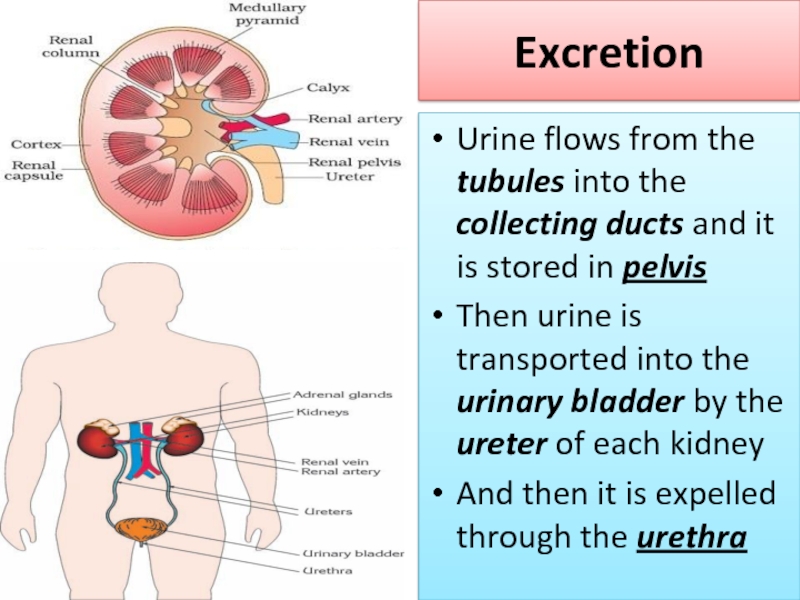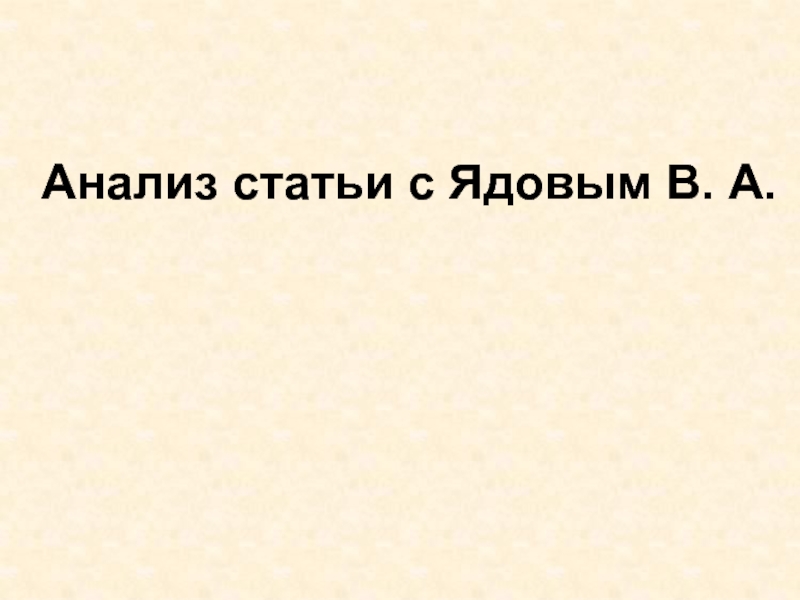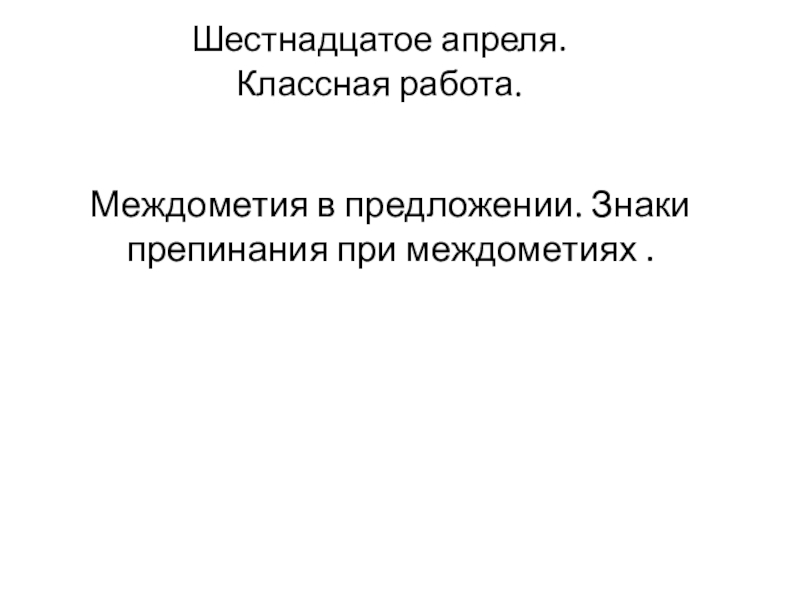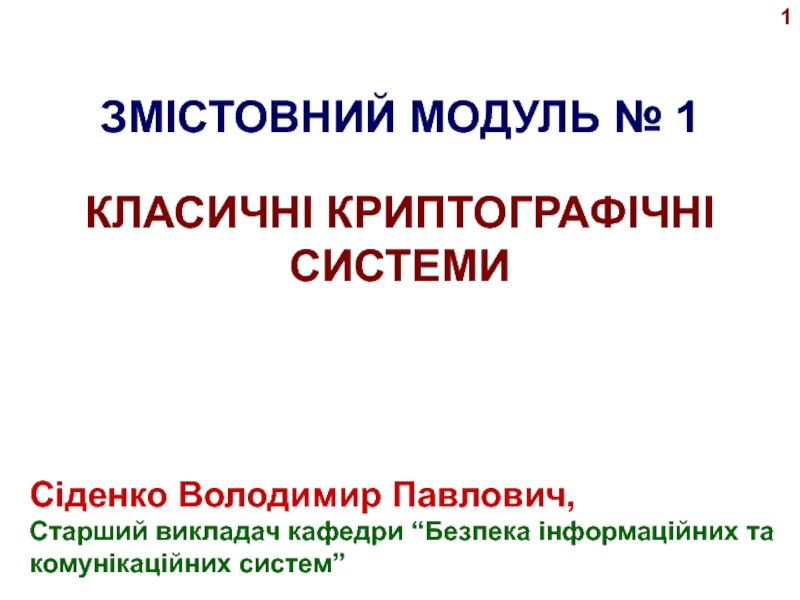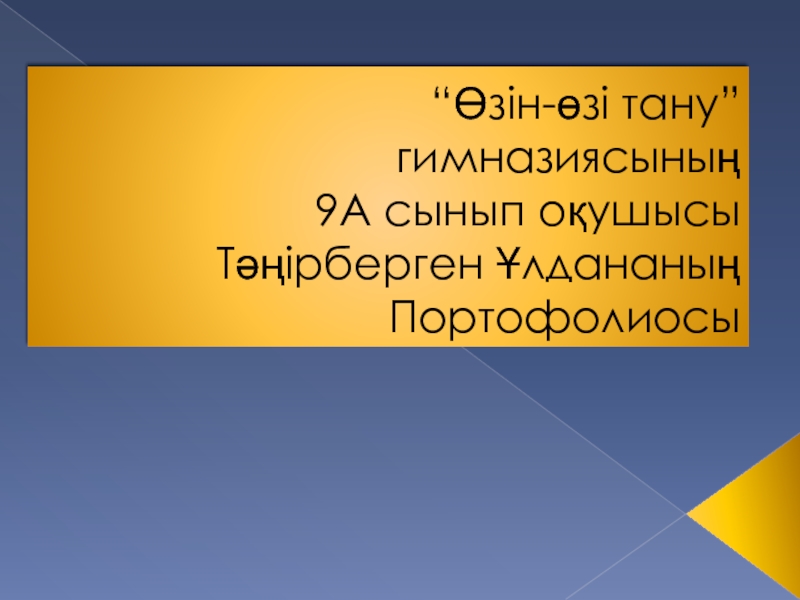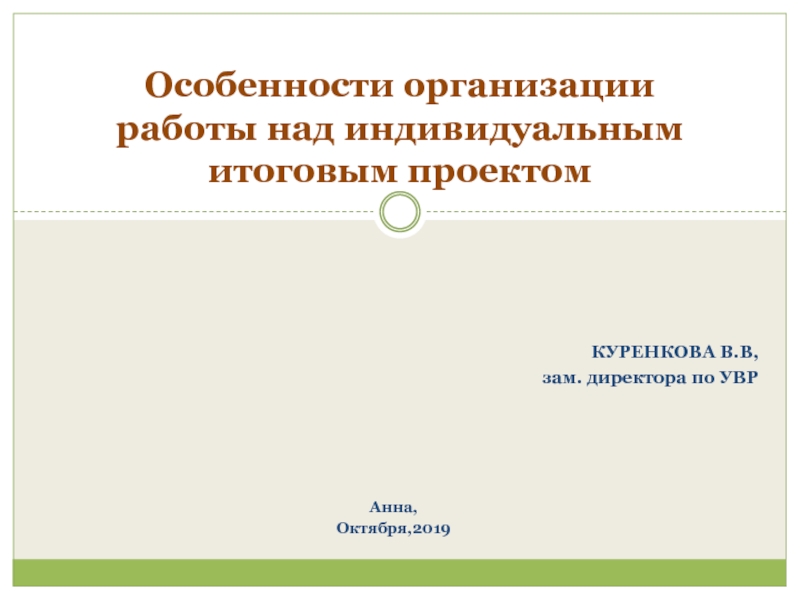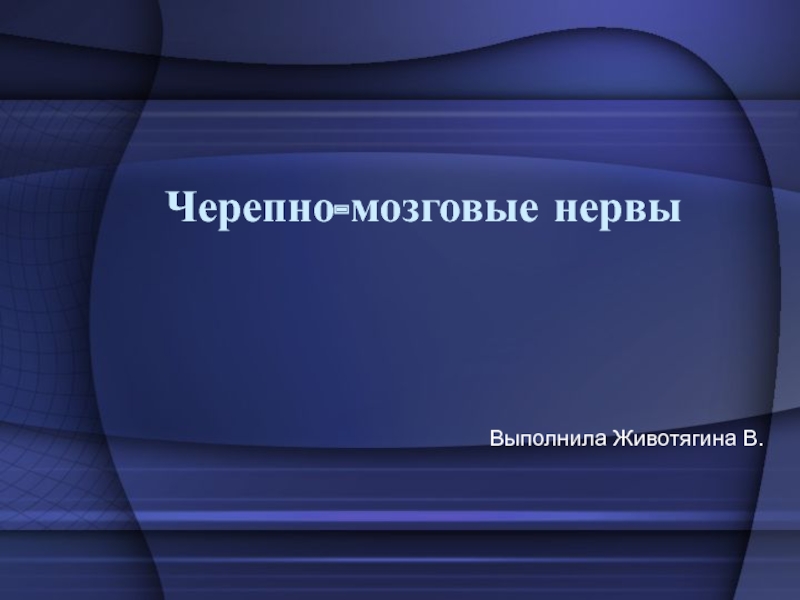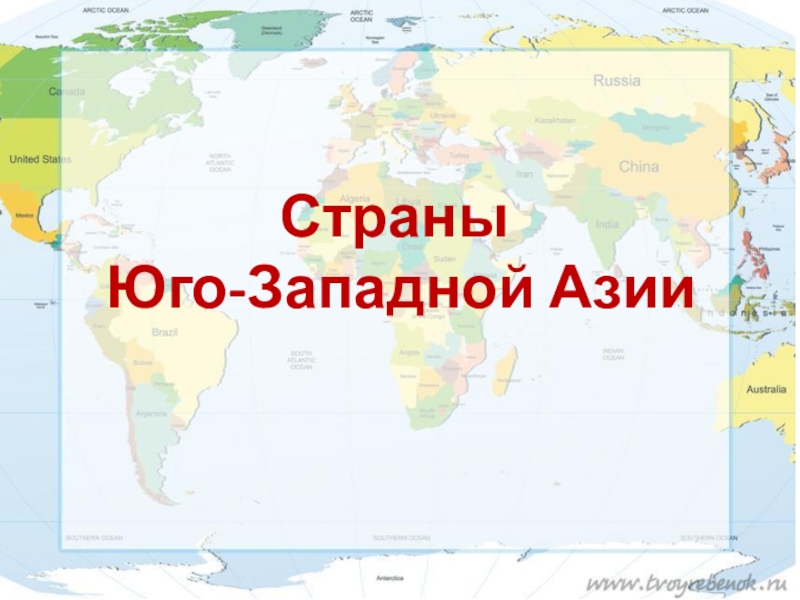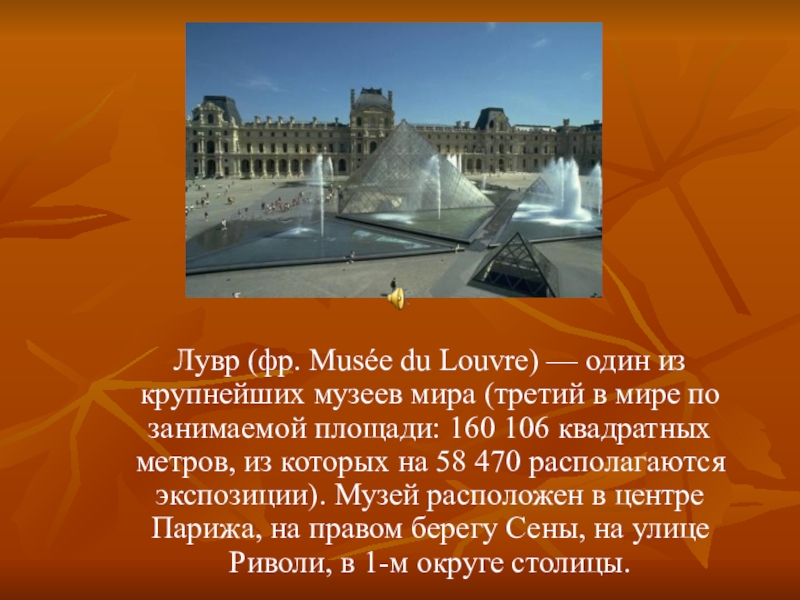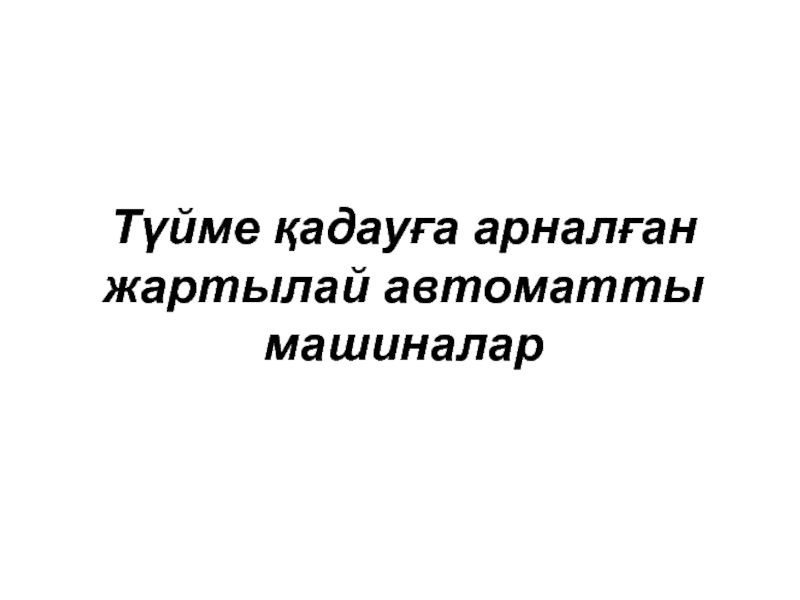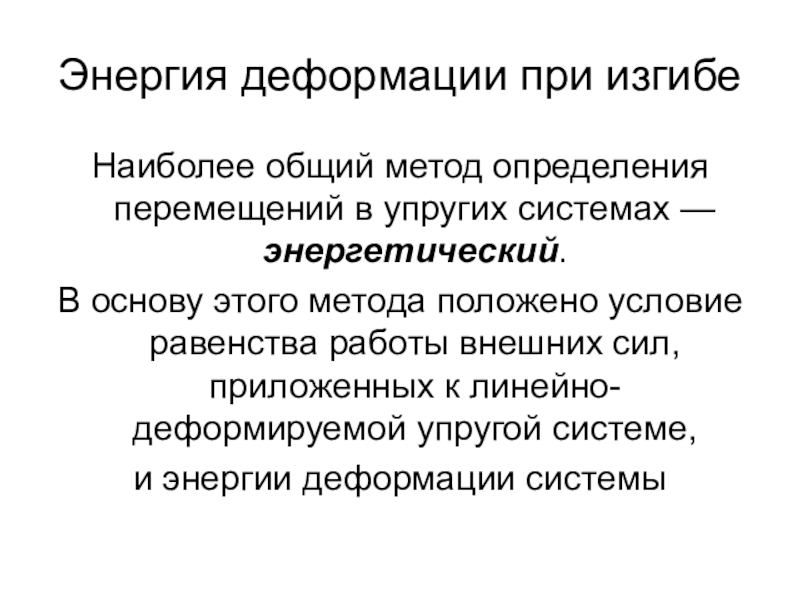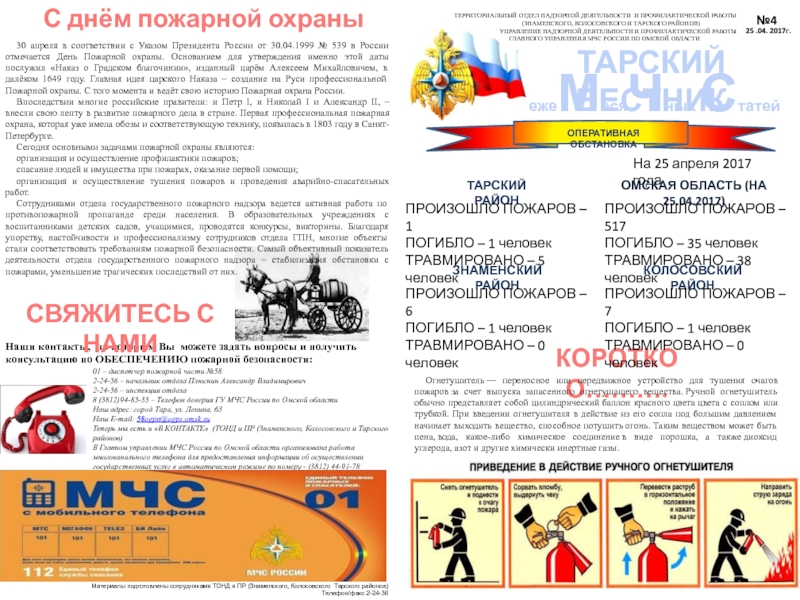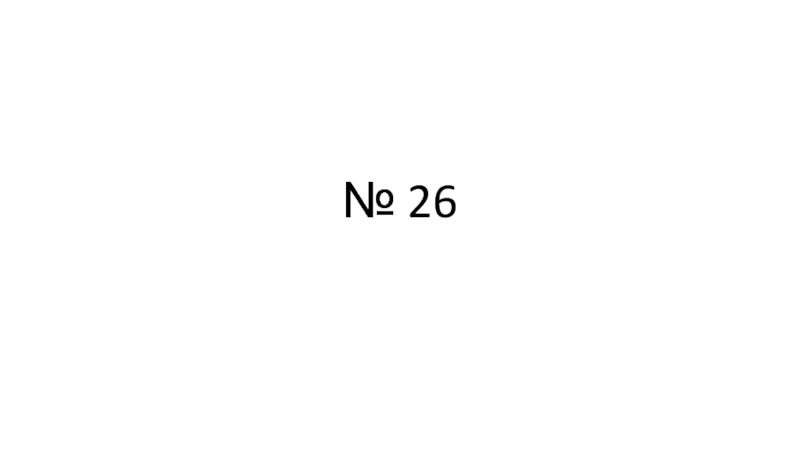Разделы презентаций
- Разное
- Английский язык
- Астрономия
- Алгебра
- Биология
- География
- Геометрия
- Детские презентации
- Информатика
- История
- Литература
- Математика
- Медицина
- Менеджмент
- Музыка
- МХК
- Немецкий язык
- ОБЖ
- Обществознание
- Окружающий мир
- Педагогика
- Русский язык
- Технология
- Физика
- Философия
- Химия
- Шаблоны, картинки для презентаций
- Экология
- Экономика
- Юриспруденция
Human Excretory System (HES)
Содержание
- 1. Human Excretory System (HES)
- 2. ExcretionExcretion rids (избавляет) the body of metabolic wastes, which come from the breakdown of substances (nutrients)
- 3. Excretory SubstancesWater and Carbon dioxide (H2O, CO2)Ammonia
- 4. The Human Excretory SystemThe human excretory system
- 5. KidneySituated in the lower thoracic region of
- 6. Structure of the kidneyIt is composed of
- 7. Structure of the kidneyRenal Medulla: It is
- 8. Structure of the kidneyRenal Pelvis: Its function
- 9. NephronUnits of kidneysNephrons filter 180 liters of
- 10. NephronIt begins with a glomerulus Glomerulus is
- 11. NephronThe complex of Bowman’s capsule and gomerulus
- 12. There are 3 steps during urine formation:1 – Filtration 2 – Reаbsorption3 – Secretion Urine formation
- 13. During filtration, substances pass from the blood
- 14. The absorption of needed materials such as
- 15. SecretionThe cells of distal tubule excrete molecules
- 16. ExcretionUrine flows from the tubules into the
- 17. Скачать презентанцию
ExcretionExcretion rids (избавляет) the body of metabolic wastes, which come from the breakdown of substances (nutrients)
Слайды и текст этой презентации
Слайд 2Excretion
Excretion rids (избавляет) the body of metabolic wastes, which come
from the breakdown of substances (nutrients)
Слайд 3Excretory Substances
Water and Carbon dioxide (H2O, CO2)
Ammonia (NH3) – highly
toxic
Urea (мочевина) - HUMANS
Uric acid (мочевая кислота)
Слайд 4The Human Excretory System
The human excretory system is composed of
-
kidneys
- ureter (urinary tract)
- urinary bladder
- urethra
DRAW
Слайд 5Kidney
Situated in the lower thoracic region of the back
It is
protected by a thick layer of fat
The upper region of
each kidney is covered by an adrenal glandСлайд 6Structure of the kidney
It is composed of three main parts:
-
Renal Cortex: It is red in color and contains the
Malpighian bodiesСлайд 7Structure of the kidney
Renal Medulla: It is located directly beneath
the cortex
Urinary tracts which drain from the cortex form pyramids
in this regionThere are approximately 8-10 laterally arranged Malpighian pyramids
Слайд 8Structure of the kidney
Renal Pelvis: Its function is the collection
of urine from the Malpighian pyramids
The pelvis transmits the accumulated
urine to the ureterСлайд 9Nephron
Units of kidneys
Nephrons filter 180 liters of fluid and form
1.5 liters of urine (моча) per day
A nephron consists of
three units:- Glomerulus
- Bowmann's capsule
- Urinary tract
Слайд 10Nephron
It begins with a glomerulus
Glomerulus is surrounded by a
Bowman’s capsule
Each glomerulus is formed by capillaries from a branch
of renal arterioleСлайд 11Nephron
The complex of Bowman’s capsule and gomerulus is called Malpighian
body
Bowman’s capsule is connected with long tubule that is called
Loop of HenleLoop of Henle is joined with collecting duct
Слайд 12There are 3 steps during urine formation:
1 – Filtration
2
– Reаbsorption
3 – Secretion
Urine formation
Слайд 13During filtration, substances pass from the blood into the Bowman’s
capsule
Under pressure, water and many small molecules such as salts,
urea, glucose and aminoacids pass from glomerulus into Bowman’s capsuleFiltration
Слайд 14The absorption of needed materials such as glucose, aminoacids and
water from nephrons to blood capillaries is called reabsorption
Reabsorption
Слайд 15Secretion
The cells of distal tubule excrete molecules such as penicillin,
ammonia, potassium and excess acids
After secretion, the fluid remaining
in the nephrons is called urineUrine contains urea, uric acid, Na, K, Ca, Cl, P, water and small amount of blood cells
Слайд 16Excretion
Urine flows from the tubules into the collecting ducts and
it is stored in pelvis
Then urine is transported into the
urinary bladder by the ureter of each kidneyAnd then it is expelled through the urethra
